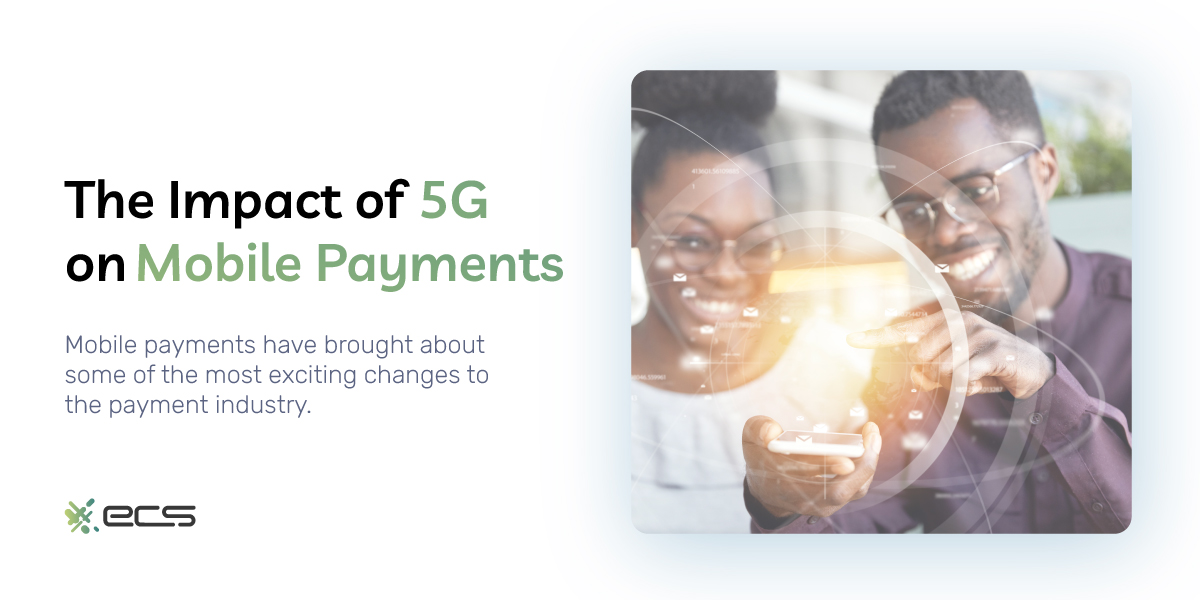Mobile payments have brought about some of the most exciting changes to the payment industry.
Mobile payments initially found much more success in Asian countries. In the United States, adoption was slower initially as merchants gradually added mobile capabilities to their existing payment infrastructure.
However, as soon as mobile payments were introduced to American and European consumers, they were quick to adopt the technology.
Many merchants were caught off guard during this transition. As customers tried to make mobile payments, some merchants were unable to accept them, resulting in a loss of sales.
Today, most merchants have caught up with consumers and now accept a majority of mobile payment options.
But it’s important to know that the revolution in digital payments is hardly over. Mobile payments were likely just the start of this new transformation.
Fintech firms and startups are already developing the payment systems of tomorrow, and they will likely appeal to consumers just as much as mobile payments have.
Part of what’s fueling this transformation is the introduction of 5G technology. 5G allows more secure and faster data transmission, which opens up countless mobile payment opportunities.
To help your business stay ahead of the curve, we’ll outline how 5G is shaping up to change the mobile payment landscape.
What 5G Brings To Payments
You’re most likely already familiar with 5G technology to some extent. 5G is a fifth-generation wireless communications standard that has replaced 4G as the global standard.
The new 5G standard allows for improvements over previous generations and can take advantage of new hardware within the wireless network.
Industries such as the automotive industry and fintech are leveraging 5G technology, although most people think of 5G in terms of smartphone communications and faster data transfers.
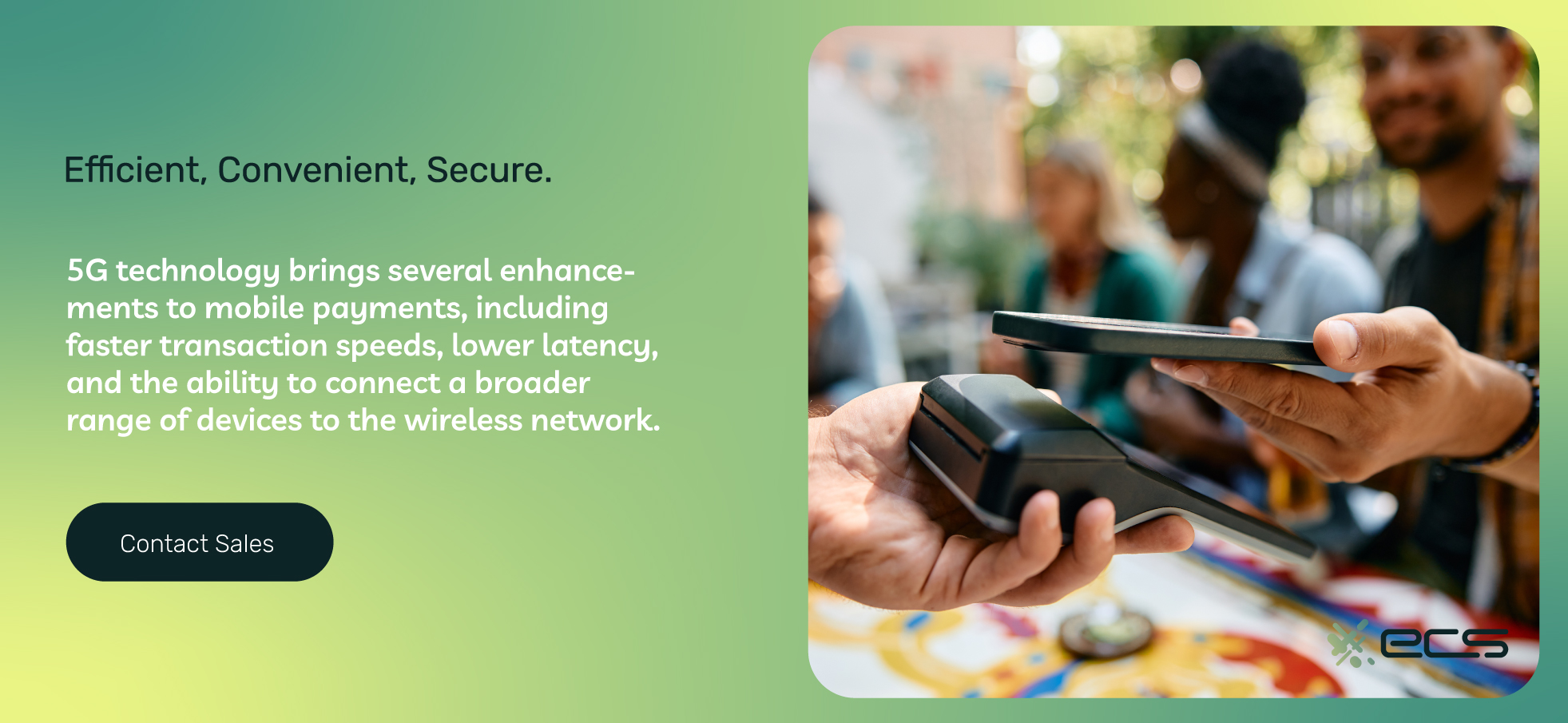
This is where the payment industry comes into play regarding 5G. Several features within 5G now enable the expansion of mobile payments far beyond what previous wireless standards could achieve.
Faster Transaction Speeds
In many cases, 5G is up to 100 times faster than 4G. For payments, this provides the instantaneous speed that consumers demand.
5G for e-commerce and 5G for retail processing can benefit from this increased bandwidth and payment speed.
Lower Latency
Latency is the overall lag or delay in a given system. With 4G, the time between a request and the wireless network completing that request was far higher than with newer 5G technology.
This reduced latency speeds up mobile payment transactions, including the ability to handle more complex transactions that deal with several financial institutions.
Connectivity Beyond Smartphones
The 5G standard allows devices other than smartphones to connect to the wireless network. This means current and future personal devices can serve as payment terminals.
This flexibility will help free merchants from using specific payment terminals and instead use devices and layouts that fit their business model and customer demands.
5G & Improved Fraud Detection
Fraud detection has always been a critical component of electronic payments, and this is especially true of mobile payments.
Fraud detection generally involves several entities and financial institutions that must share data to quickly assess the risk of a transaction.
The extremely low latency of 5G enables the integration of advanced fraud detection systems and enhanced payment security features into the mobile transaction workflow.
As a merchant, this means lower fraud risk and fewer expenses for your business. It also opens up opportunities to accept payments in new locations, knowing you are protected from fraud.
Biometric Authentication With 5G
As mobile, NFC payments, and other contactless payments become more popular, merchants need ways to quickly confirm identities for certain transactions.
Currently, users employ PINs and other physical methods for security. But as you’ve probably experienced, these create friction in the checkout process and can slow down your customer’s overall checkout experience.
With 5G and its enhanced speed and security, merchants can implement biometric scanning such as facial recognition or fingerprint scanning.
Consumers are already comfortable using fingerprint scanners on both Apple and Android devices.
With 5G transfer speeds, biometric data can be tokenized and sent securely for confirmation.
Tokenization enables the sending of a digital token instead of actual biometric data. If the token is compromised during transmission, it can’t be used to decode the original biometric data, which is stored elsewhere.
Once the token is confirmed, the results are instantly sent back via the 5G high-speed network.
This type of instantaneous identity verification will speed up mobile payments and many other types of financial transactions involving identification.
5G & IoT Devices
5G is just one component of a growing area of advancement involving the payment industry and fintech startups. The other is the shrinking of computer hardware and chips.
Today, manufacturers can place increasingly powerful computing hardware inside smaller and smaller devices. This trend has caused the emergence of what we know as IoT devices or the Internet of Things.
Each of these devices is like a node on a network, and 5G is the backbone that can connect them securely.
This opens an entirely new landscape of devices and situations where you can securely accept mobile payments.
In theory, any device that connects to the 5G network can technically become a payment node. Financial technology (fintech) firms are already developing IoT payment systems that utilize 5G network reliability and real-time processing potential.
Beyond just payments, these devices can detect when customers are present and, if they have opted in, provide information or two-way data communication to help them with their shopping experience.
The possibilities of 5G and IoT technology are virtually endless. Several fintech startups are concentrating on this area, which will likely lead to new payment advances in the future.
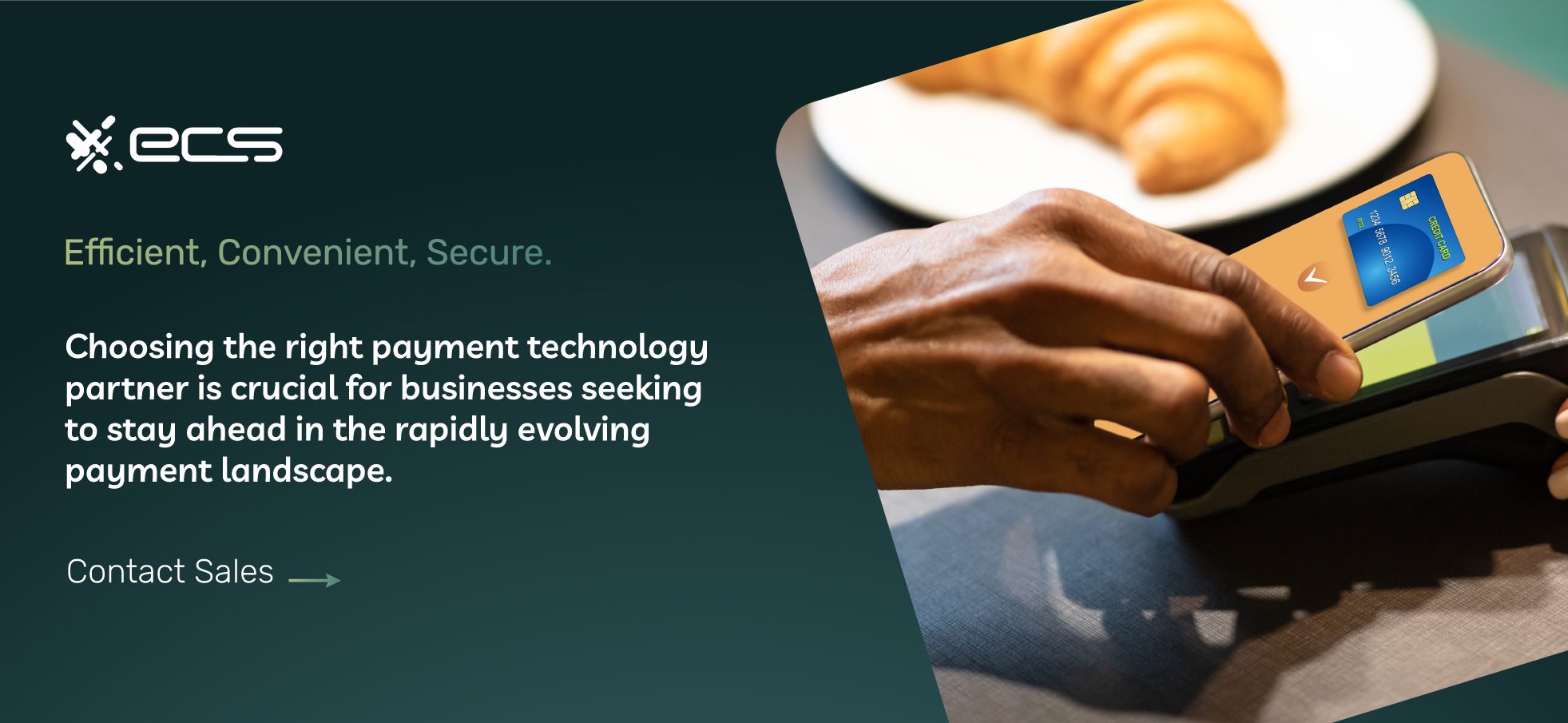
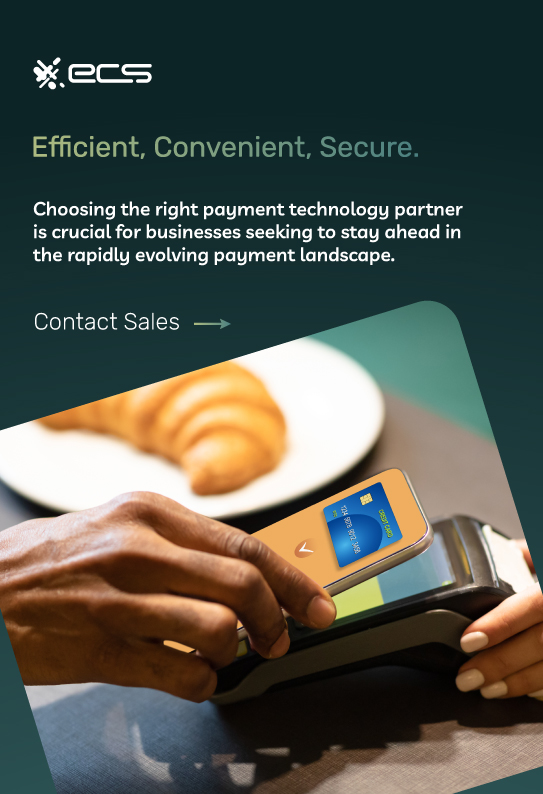
Extended Services Beyond Payments
By combining 5G with payment devices and advanced point of sale (POS) systems, merchants can deliver enhanced services to customers through automation.
For example, an AI chatbot can communicate with a customer if they have a payment issue. The speed and bandwidth of 5G allow for communication with a remote AI server. The POS terminal or other device requires very little processing power to deliver this service.
This means even small mobile payment terminals can implement AI and other chatbot services to help streamline your customer service.
Increased Personalization
Personalization has become a key driver for businesses looking to scale quickly. Customer data collection and analysis enables businesses to personalize messaging for their customers, providing them with the most relevant content.
Today, customers expect this type of personalized messaging when interacting with their favorite brands.
5G will bridge your business’s infrastructure and software and the customer’s devices. This can improve the retail shopping experience by offering instant personalization as the consumer’s mobile device communicates with in-store IoT devices.
This type of bridge will dynamically change how small businesses view customer engagement. Your IoT devices or payment system can receive your customer’s preferences in real time via the 5G network as they enter your store.
Machine-to-Machine (M2M) Payments
One of the more dramatic shifts that 5G will bring to the payment space is who participates in payments.
Today, payments are generally between a customer and a business or a business with another business. This has been the case for some time.
However, 5G and IoT can change all of that and bring about something known as machine-to-machine payments.
Devices that are autonomous or partially autonomous can initiate transactions independently based on preset triggers or conditions. For example, usage-based devices can make microtransactions on their own if they require it.
You can imagine an example of this with building or office space automation. Certain sensors in the building can detect when items such as air filters or light bulbs need replacement.
The sensors are connected to the 5G network and can automatically order the necessary equipment and complete the payment.
Another use case is logistics and shipping. Shipping containers and pallets can contain IoT devices that track distance and other factors and then automatically pay shipping rates without human intervention or manual invoicing.
As you can imagine, this creates a new payment system paradigm where high-volume but smaller transactions are now much more prevalent.
Most initial IoT machine-to-machine payments will start in the commercial or industrial sectors. However, it will likely move toward consumers through wearable devices and smart home appliances.
Businesses will need to adjust to this new landscape and be ready for changes in consumer expectations. For example, as IoT payments become more common, consumers will balk at traditional forms of billing and invoicing.
Smart businesses will want to ensure they have the automation in place to accept payments in the way consumers demand. This means offering the most frictionless payments possible, often through 5G and its enhanced security measures for mobile processing.
Rethinking Of Where Payments Take Place
Another aspect of 5G and mobile payments is that businesses will need to rethink where payments can take place.
With the advent of 5G payment gateways, mobile payments, and mobile wallets can work virtually anywhere there is a signal.
But beyond physical locations, businesses should consider accepting payments in virtual or augmented reality environments.
Mixed reality environments, such as those popularized by the latest Apple Vision Pro device, show what the future of productivity may look like.
In these mixed reality environments, consumers and professionals will still need to make payments. Many of these payments will likely be for digital goods and services.
5G will enable these mixed reality headsets to connect with payment processing infrastructure to facilitate instant and secure transactions.
Businesses should look to see where they can leverage this new environment to sell their products or services. Even without VR-style headsets like the Vision Pro, smartphones have already implemented augmented reality features.
This new environment will provide an entirely new marketplace and industry to reach customers and accept payments in a mixed reality setting.
Preparing For The Future Of Mobile Payments
Digital payments have already undergone significant changes in the past few years. E-wallets are now replacing physical cards for many younger consumers and businesses alike.
Digital wallets can provide wireless access to bank accounts, debit and credit cards, and even cryptocurrency transactions.
With 5G and IoT, this trend of new digital payment systems will only accelerate, similar to digital wallet adoption.
Businesses need to create internal systems and processes that allow them to be both agile and accepting of this change. Businesses that resist changing payment technology or are slow to adapt will quickly find themselves losing market share.
Similar to how blockchain technology and digital currencies are impacting the future of banking, IoT and M2M payments will replace physical card numbers and other traditional ways we currently process transactions.
Analyze Top Competitors
To stay ahead of upcoming trends, you can analyze your top competitors in the space and determine how they are leveraging technology to provide a better consumer experience around payments.
Being the first to market is an advantage if your competitors are not using certain technologies.
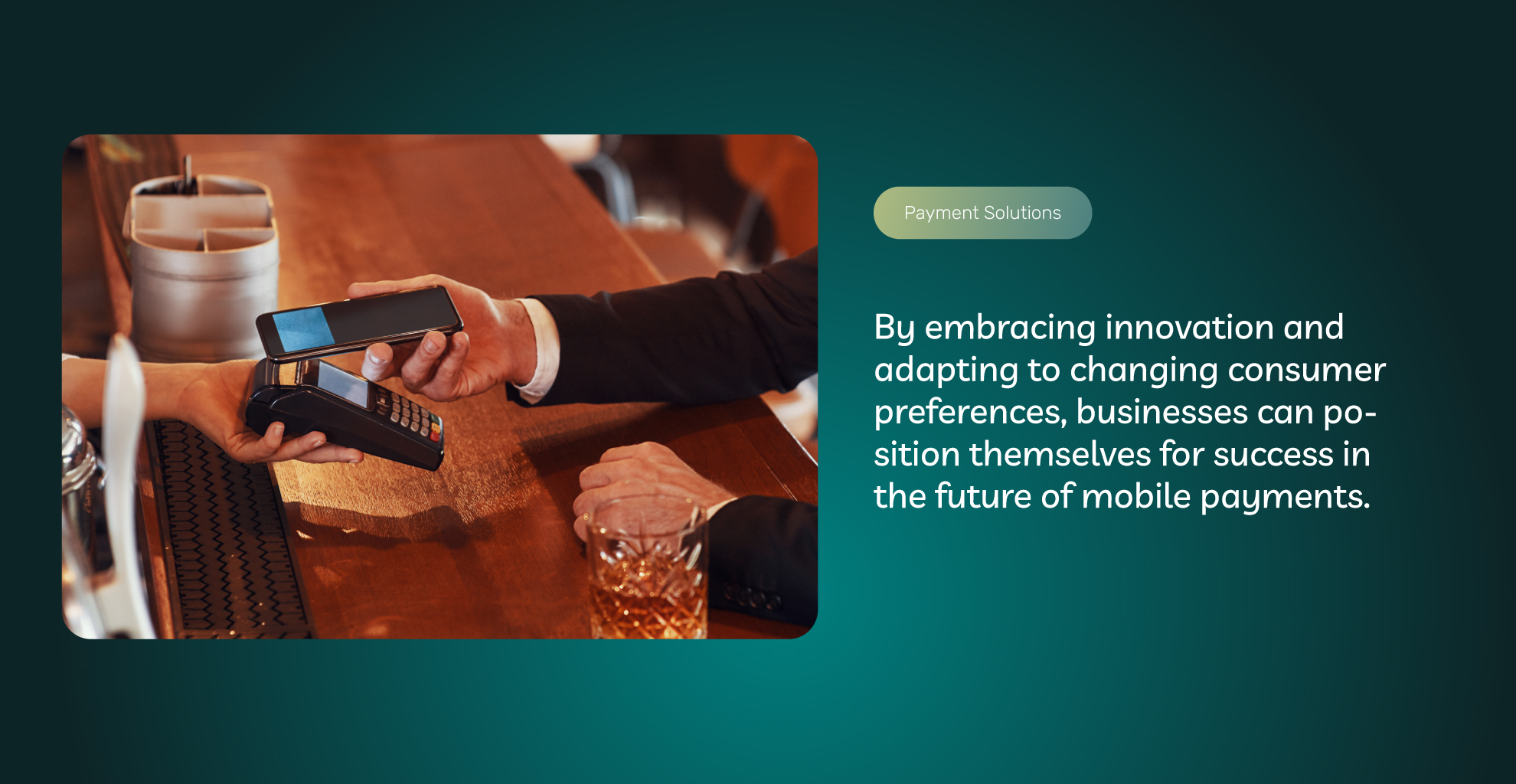
Stay Informed About Industry Trends
As you already know, business technology is moving faster than ever. Smart businesses dedicate themselves to staying on top of upcoming technology trends that they can use to reach more customers and lower costs.
Choose The Right Payment Technology Partner
As payment technology changes, you need a payment processor that embraces that change and offers your business the latest solutions as they emerge.
If your payment processor doesn’t offer these services or is slow to respond to your questions and service requests, it may be time to seek out a new payment processor.
Payment processing is now integral to virtually every business operation, from sales to inventory and more. Successful businesses need a payment processor that understands this technology shift and provides the tools and services to help you excel.
Finding The Latest Payment Technology
At ECS Payments, we specialize in offering merchants the latest payment innovative payment solutions to help them reduce costs and improve their bottom line.
From mobile processing to the latest POS systems, ECS Payments can provide your business with the tools it needs to stay ahead of its competition.
Contact ECS Payments to learn more about our forward-thinking payment solutions that use the latest 5G technology for mobile and wireless processing.
Frequently Asked Questions About The Impact of 5G on Mobile Payments
5G offers lower latency (system lag or delay), faster transaction speeds, and the flexibility to accept payments through devices connected to the wireless network other than smartphones.
5G can be 100x faster than 4G, significantly increasing transaction speeds. Instantaneous payments reduce customer wait times and increase positive checkout experiences.
5G connects devices other than smartphones to wireless networks. This flexibility frees merchants from using specific payment terminals and allows them to accept payment through devices that align with their business models and customer demands.
5G facilitates the implementation of advanced payment security features and enhanced fraud detection systems, reducing fraud risks and unnecessary expenses for merchants.
